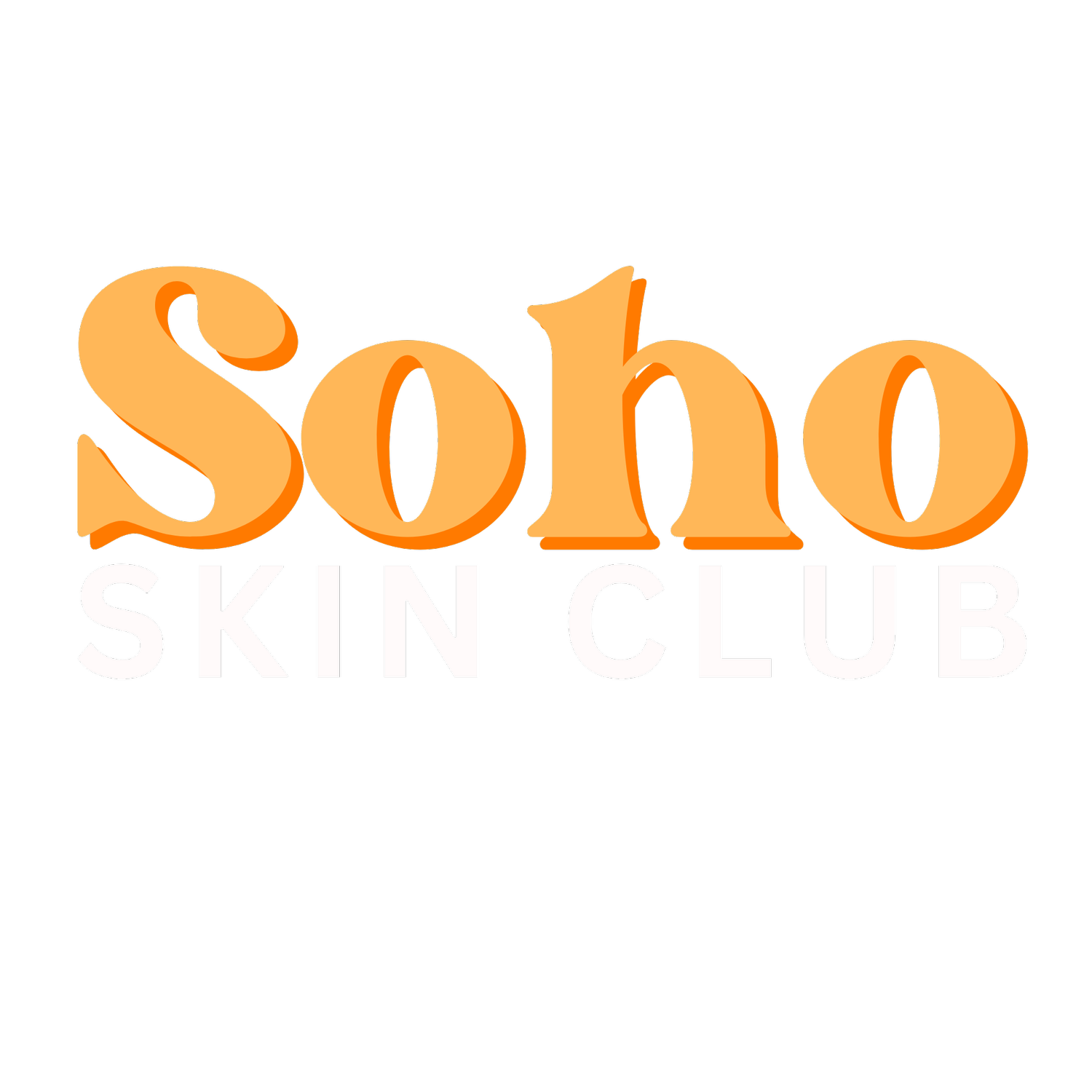Milia are common, & Occur for a number or reason’s.
Let us help you understand and remedy your Milia
-

What are Milia?
Milia are small, white or yellowish cysts that form when keratin — a protein found in skin — becomes trapped just beneath the surface. They’re completely harmless and not related to acne, although they’re often mistaken for whiteheads.
Milia are most commonly found on the face, especially around the eyes, nose, and cheeks, but can appear elsewhere on the body. While they’re more common in newborns, they also affect children and adults.
These bumps don’t cause pain or irritation, but many people choose to remove them for cosmetic reasons. Squeezing or picking at milia won’t remove them and can actually damage your skin. Instead, professional extraction is the safest and most effective option.
At Soho Skin Club, we offer gentle manual milia removal that minimises trauma and supports healthy skin healing. We also provide advice on how to prevent recurrence through proper skincare, avoiding occlusive products, and protecting your skin barrier.
-

Why do I have Milia?
Trapped dead skin cells: Normally, dead skin cells shed naturally, but sometimes they get stuck beneath the skin’s surface, forming small, white bumps.
Genetics: If you frequently get milia around your eyes, it may be hereditary.
Compromised skin barrier: When the skin’s protective barrier is damaged—due to trauma, harsh skincare, or over-exfoliation—it can trigger excess sebum production. This oil may then become trapped in closed pores, leading to milia.
Heavy or occlusive skincare products: Thick creams, balms, or oils that form a barrier on the skin can sometimes trap dead skin cells and sebum, especially if not properly cleansed. This can increase the likelihood of milia forming over time.
-

How can I get rid of Milia?
At Soho Skin Club, we offer gentle, manual milia extractions to safely remove these small, stubborn white bumps without damaging the skin. This method reduces the risk of scarring and involves minimal trauma, though some discomfort may occur during the treatment.
Manual extraction takes a little more time, but it’s the least painful and most precise approach. Post-treatment, it’s normal to experience slight redness, swelling or mild bruising. We’ll guide you through aftercare to keep the area clean, lightly hydrated, and support your skin’s recovery.
We also provide personalised advice to help prevent future milia—this may include reviewing your skincare routine, avoiding heavy occlusive products, and protecting your skin barrier.
For best results, avoid booking extractions close to important events to allow time for healing.

